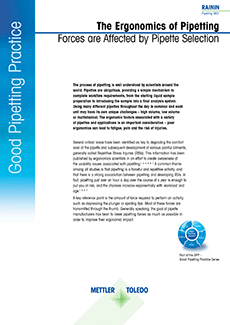 |
Maecenas faucibus mollis interdum. Donec id elit non mi porta gravida at eget metus. Nullam id dolor id nibh ultricies vehicula ut id elit. |
PureSpeed™ Protein Tips and E4™ XLS™ electronic pipette for Chromatin IP.
Chromatin immunoprecipitation (ChIP) is a technique used to study the association of proteins with distinct regions of genomic DNA. ChIP is useful in probing how the genomic location of epigenetic markers, such as histone modifications, changes between different cell types or in the same cell type grown under different conditions. Also, it can be used to determine where transcription factors and other DNA binding proteins associate to in the genome.
In this procedure, a protein bound to a specific DNA region is crosslinked to DNA. The DNA is then sheared by sonication. Using an antibody against the DNA-binding protein of interest, specific crosslinked protein-DNA complexes can be bound to either protein A resin, protein G resin or fixed cells with protein A or G on their cell surfaces prior to washing away contaminants and eluting the desired complex. After elution, the protein-DNA crosslinks are reversed, and the DNA is analyzed using PCR, qPCR, microarray or next-generation sequencing.








